Летние и всесезонные шины
Зимние шины
Нет в наличии
Своему названию компания Goodyear Tire & Rubber обязана не Фрэнку Сейберлингу, основавшего ее в 1898 году, а первооткрывателю вулканизации Чарьзу Гудиера. Он также является автором знакомого многим поколениям автолюбителей логотипа, на котором изображена крылатая сандалия, используемая североамериканским производителем и сегодня.
На деньги, одолженные у шурина, Фрэнк Сейберлинг основал компанию со штатом из 13 человек, которая первые годы своего существования занималась производством шин для велосипедов и тележек, а также целым рядом другой сопутствующей продукции, начиная от лошадиных подков и заканчивая фишками для игры в покер.
Все изменилось в 1901 году, когда молодому тогда Генри Форду для начала его гоночной карьеры были предложены пневматические шины от компании Goodyear. Результатом сотрудничества стали победы в гонках, благодаря которым у Генри Форда появилась возможность заняться производством автомобилей. В 1903 году шины этой уже известной марки стали устанавливаться на Ford T – первый массовый легковой автомобиль, выпускаемый на конвейере.
Спустя пять лет компания приступила к производству пневматических авиационных шин, заменивших лыжи и велосипедные покрышки. В 1911 году эта шинная продукция была установлена на самолете, отправившимся в первый в мире трансконтинентальный перелет.
В настоящее время компания использует эти воздухоплавательные аппараты исключительно в рекламных целях. В начале 1910-х годов самолеты имели крайне ограниченную дальность, поэтому для полетов на большие расстояния больше подходили дирижабли. Занимающаяся в 1911 году производством различной шинной и резинотехнической продукции североамериканская компания решила освоить новое для себя направление деятельности. Она представила дебютный для себя дирижабль. Он оказался достаточно удачным, чтобы продолжить заниматься данной тематикой. В 1917 году компания построила несколько таких воздухоплавательных аппаратов для ВМС США.
Сотрудничество с военными в данной сфере продолжалось еще несколько десятилетий. В 1924 году компания приобрела лицензию на жесткий дирижабль от Zeppelin, а пятью годами позднее для них был построен крупнейший в мире док.
Помимо дирижаблей компания активно занималась развитием шинного направления, что у нее получалось довольно успешно. В 1921 году ее инженеры закончили разработку первой в мире шины для бездорожья Rut-Proof, а пятью годами позднее – легковую шину, протекторный рисунок которой содержал продольные ребра.
30-е годы прошлого столетия ознаменовались шинами, разработанными специально для землеройной техники. Однако куда более важной вехой в развитии компании является получение синтетического каучука, практически идентичного натуральной резине. Это позволило в 1937 году изготовить первую американскую шину с протектором из синтетической резиновой смеси. Спустя десять лет произошло еще одно не менее важное событие в истории североамериканского производителя – начало производство шинной продукции с нейлоновым кордом.
60-70-е года ознаменовались целым рядом рекордных достижений, достигнутых при помощи шин этой известнейшей марки. Прежде всего, это рекорд скорости в 600 миль/час, поставленный на солончаках Бонневилля в 1964 году. Еще одно уникальное событие случилось в 1970 году, когда лунный модуль Apollo 14, «обутый» в шину модели XLT побывал на Луне. Годом позднее компания представила самые большие на то время в мире шины Goodyear, предназначенные для гигантских карьерных экскаваторов. А в 1977 году появилась Tiempo – первая всесезонная покрышка с радиальным протектором.
Что касается 80-х годов, то именно в это время были разработаны технологии, обеспечивающие технологическое лидерство компании в наши дни. В частности, в 1987 году была закончена разработка синтетического каучука SIBR, который сначала дебютировал на высокоскоростных шинах линейки Eagle, а затем на моделях более массовой категории.
В настоящее время компания является одним из лидеров мировой шинной индустрии. При этом ведущие позиции занимаются ею не только, благодаря огромному объему выпускаемых шин, но и технологическими разработками, которые обеспечивают им превосходные эксплуатационные и потребительские качества.
Средняя оценка пользователями сайта — ;

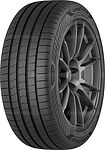


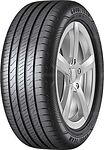
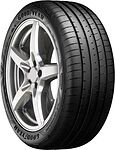
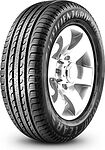
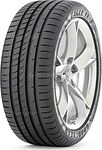
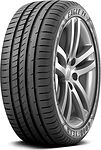
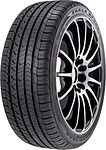
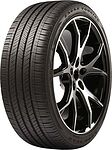


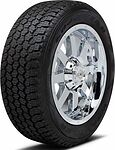
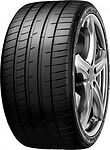
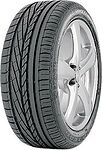
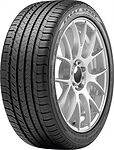
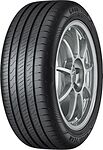
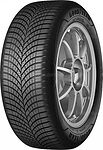


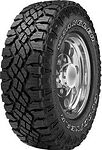


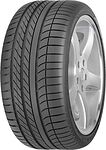





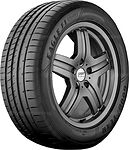
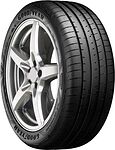
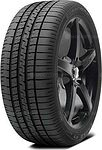

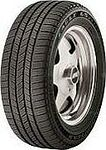
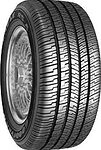
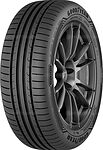
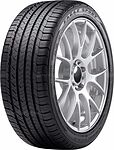



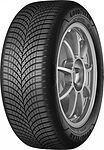






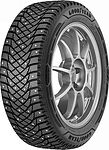
















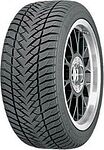




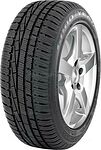

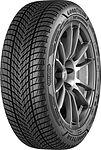




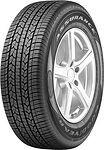
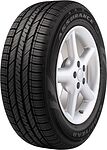

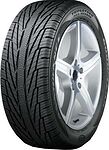
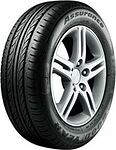












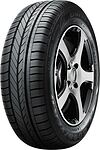

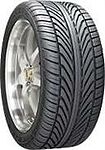
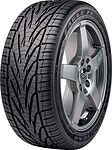

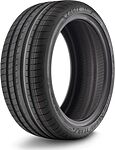

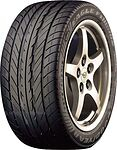
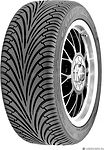

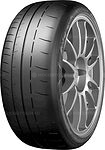

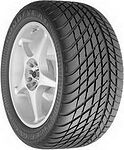
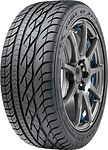
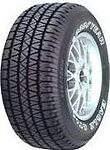
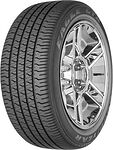

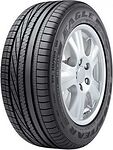

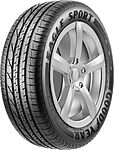
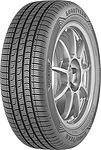
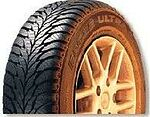


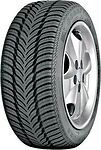

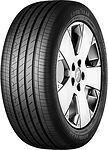



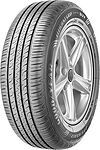
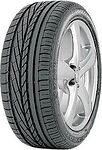

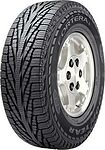


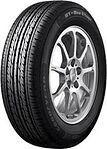
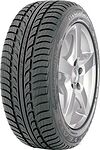
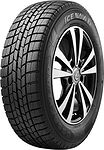

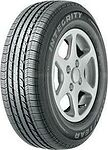













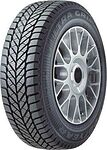




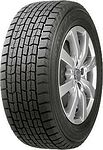

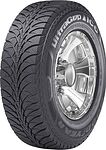


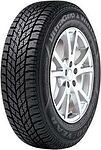
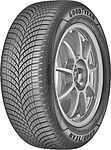


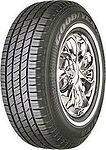





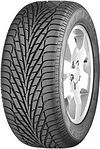



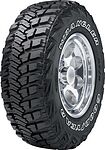
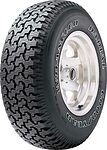


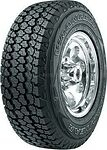

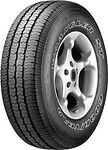

![Автомобильные шины Goodyear EfficientGrip Performance на автомобиле [1541] Автомобильные шины Goodyear EfficientGrip Performance на автомобиле [1541]](/i/w2a/65632432.jpg)
![Автомобильные шины Goodyear Wrangler All-Terrain Adventure with Kevlar на автомобиле land-rover defender [2494] Автомобильные шины Goodyear Wrangler All-Terrain Adventure with Kevlar на автомобиле land-rover defender [2494]](/i/w2a/66458914.jpg)
![Автомобильные шины Goodyear EfficientGrip SUV на автомобиле [1546] Автомобильные шины Goodyear EfficientGrip SUV на автомобиле [1546]](/i/w2a/50674576.jpg)
![Автомобильные шины Goodyear Eagle F1 Asymmetric 3 SUV на автомобиле volkswagen touareg [2496] Автомобильные шины Goodyear Eagle F1 Asymmetric 3 SUV на автомобиле volkswagen touareg [2496]](/i/w2a/81267815.jpg)
![Автомобильные шины Goodyear EfficientGrip SUV на автомобиле [1544] Автомобильные шины Goodyear EfficientGrip SUV на автомобиле [1544]](/i/w2a/45228660.jpg)
![Автомобильные шины Goodyear Eagle F1 Asymmetric 3 SUV на автомобиле volkswagen touareg [2495] Автомобильные шины Goodyear Eagle F1 Asymmetric 3 SUV на автомобиле volkswagen touareg [2495]](/i/w2a/30615888.jpg)